| |
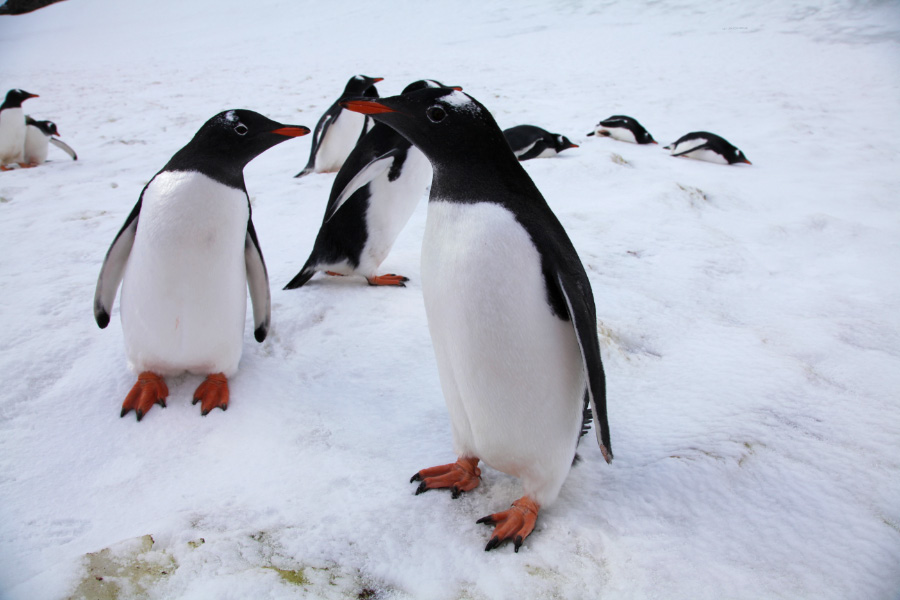 |
|
| |
Neko Harbor with Gentoo Penguines conferring
|
|
| |
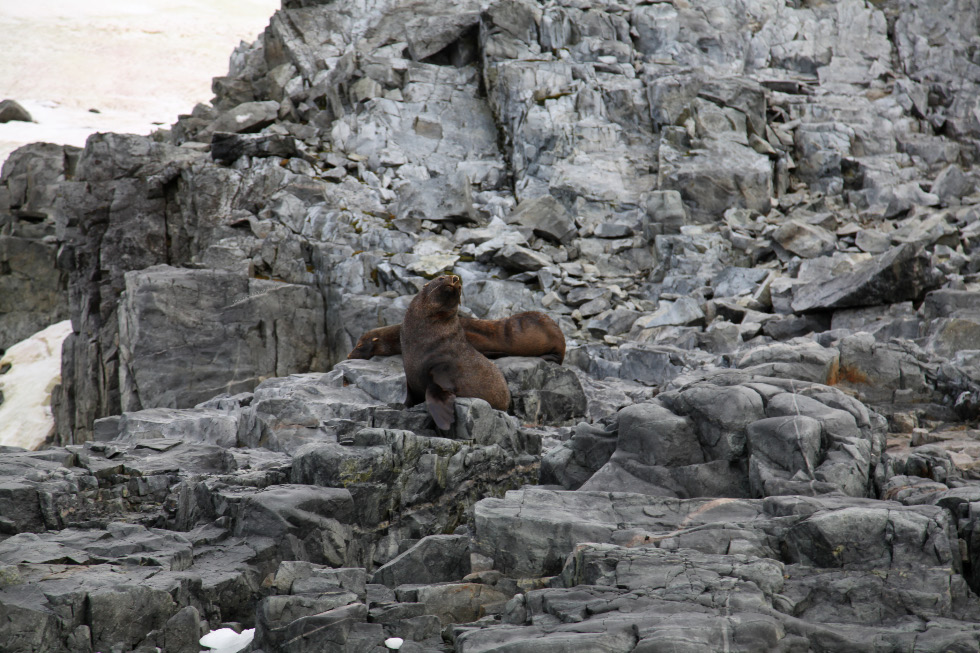 |
|
| |
Fur Seals schnoozing and on the lookout |
|
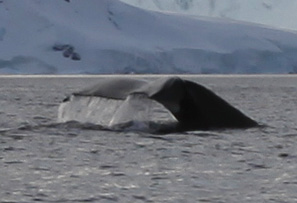 |
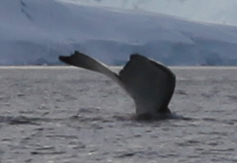
|
These creatures do after all live in the water ... and we have difficulty holding our breath for half an hour. |
| |
|
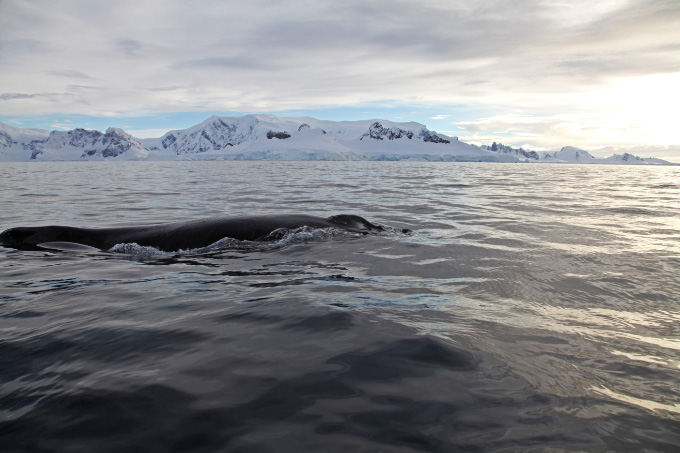 |
|
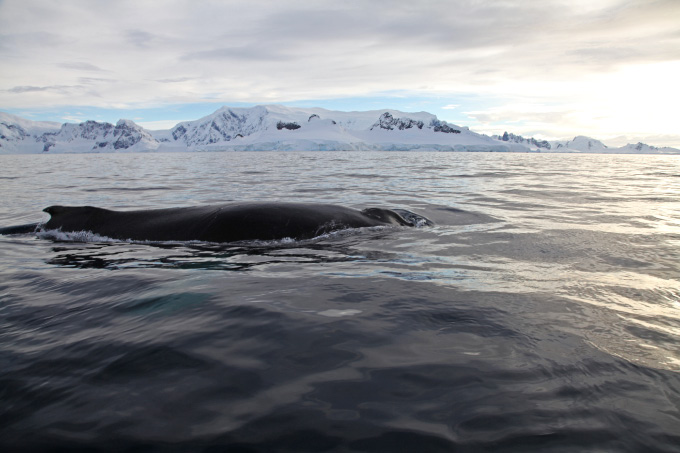 |
| |
|
|
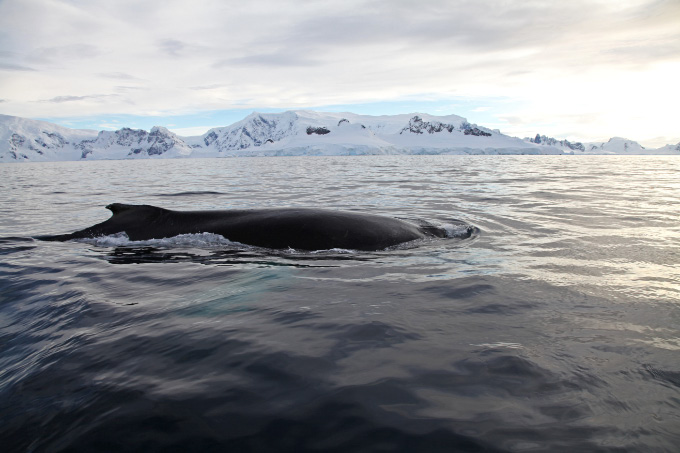 |
|
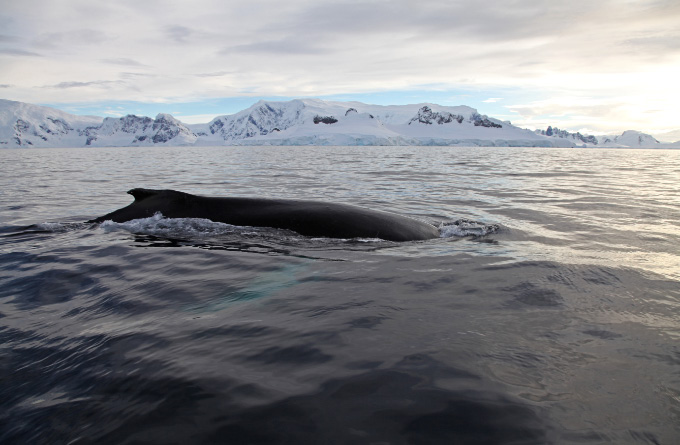 |
| |
|
|
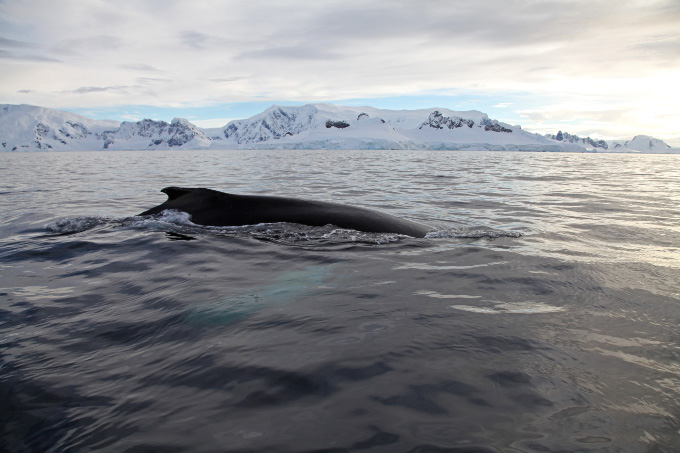 |
|
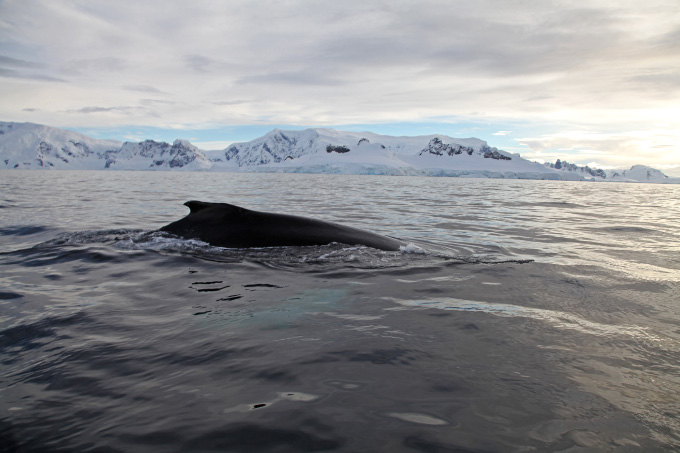 |
| |
|
|
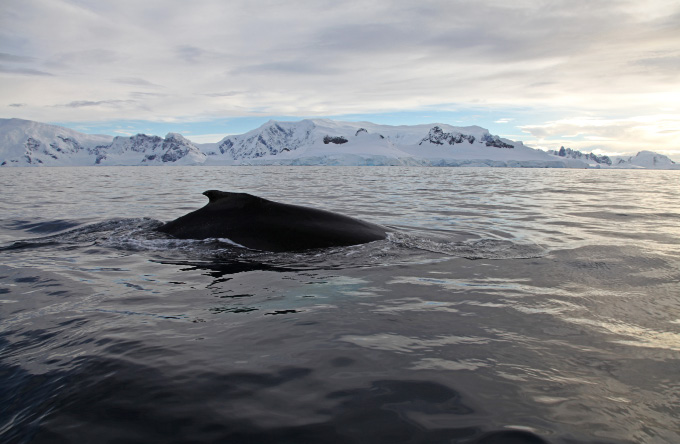 |
|
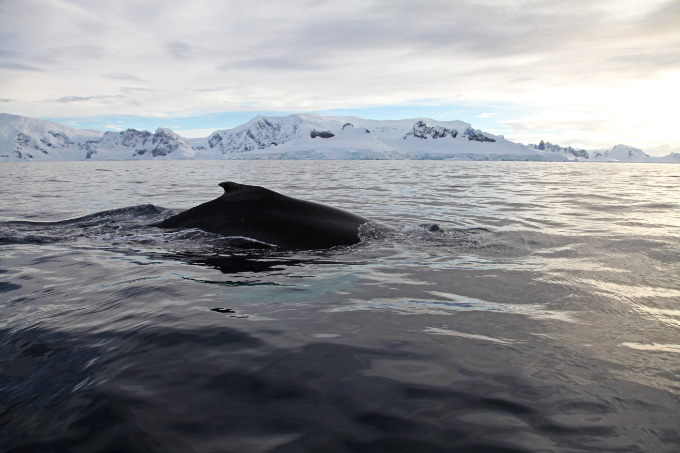 |
| |
|
|
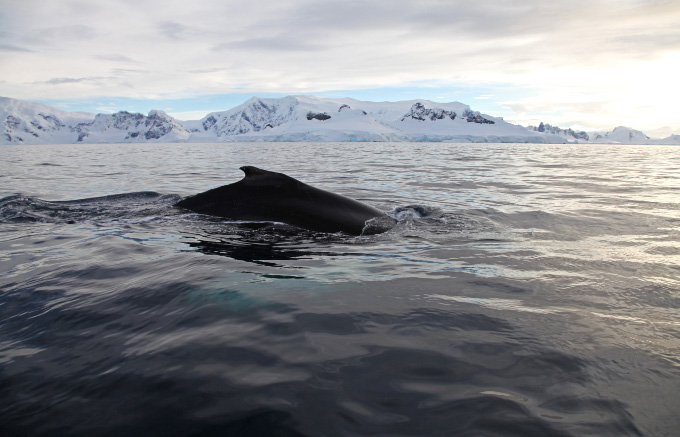 |
|
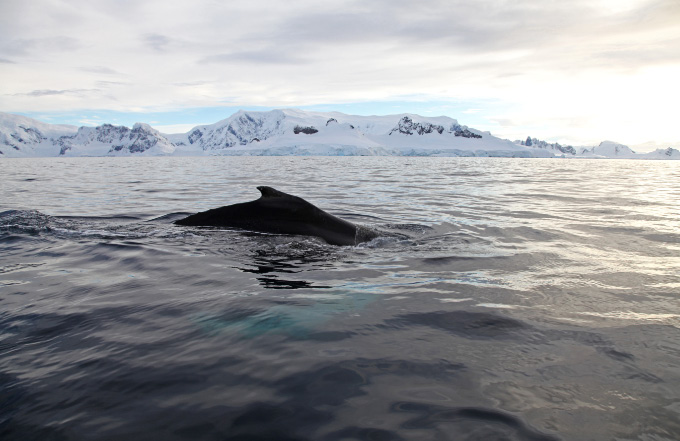 |
| |
|
|
| |
In International Union for Conservation of Nature (IUCN) nomenclature Endangered means "the species is facing a very high risk of extinction in the wild." This is one category below Critically Endangered, which means "the species is in imminent danger of extinction in the wild," which in turn is the only category below the two categories of extinction: Extinct in the Wild and Extinct, which final most melancholy epitaph is applied when there is "no reasonable doubt that the last individual has died." Apologies, but there are no photos on this webpage of that magnificent creature, the Blue Whale – Balaenoptera musculus. Sorry. There was a time when more than 90 percent of the blue whales were living in the Antarctic seas (the Southern Ocean) but these are huge, and there are only about 2000 individual blue whales, perhaps 2500, swimming about these waters. Blue whales are Endangered. There are not more than 12,000 individuals world-wide and maybe less than half that number. Not so 100 or 120 years ago, when the population of blue whales in the southern seas was estimated at 220,000 to 320,000, such seas having been home to about 90 percent of blue whales world-wide. Scientific "advancements" by 1864 in the cannon-like harpoon gun with exploding head meant that the millennia-long practice of whaling could increase dramatically in intensity, and that it could extend even more into the largest whales, the Rorquals, including the blue whale. By the late 19th century and with a vengeance in the 20th, exactly this followed. Many species went extinct. During the 20th century at least 350,000 blue whales were killed, the overwhelming majority in the seas around Antarctica. By the time blue whale hunting was banned by the International Whaling Commission in 1966 (the Communist Soviets continued killing them into the 1970s), the free market had left perhaps as few as 650 individuals left living, at all events not more than 2500. The Japanese had killed all the whales in their waters. Sea mammals 33 meters in length and 180 tons in weight do not reproduce all that rapidly. All this provides a rather dramatic case study in the absurdity of the Libertarian-cum-Mammon-worshipping proposition that free actors in free markets will always take care of everything and leave the world just a jolly old place. Such schools of thought routinely produce theories ignoring many factors, as here both the Free Rider Problem and the fact that commercial decision makers discount to present value future earnings streams when making their calculations. With even a modest discount rate selected, incomes to be received more than twenty years out are essentially discounted down to zero.
We only succeeded in killing off 90 percent of the Humpback whales – Megaptera novaeangliae, in contrast to 99.8 percent of the blue whales, hence the plentiful pictures here of these beauties, one-fifth the weight of a blue whale, but still the size of about 500 of us. |
|
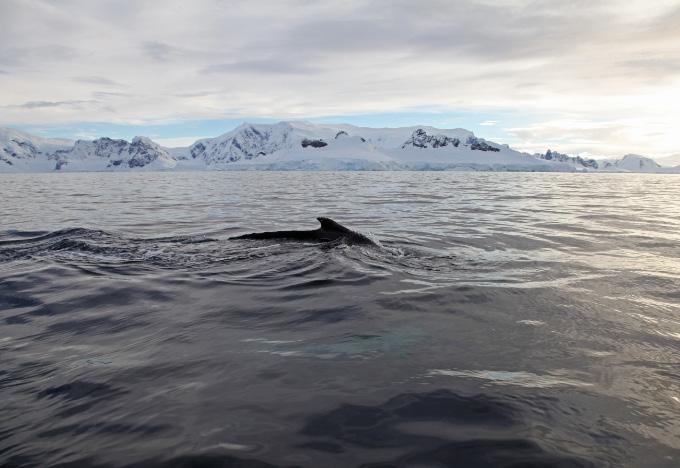 |
|
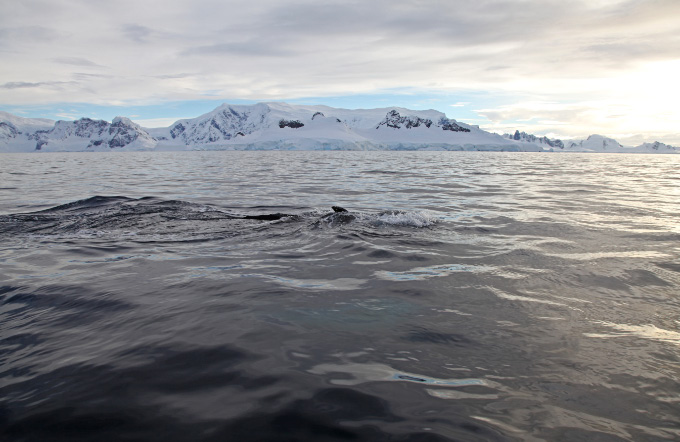
|
| |
|
|
| |
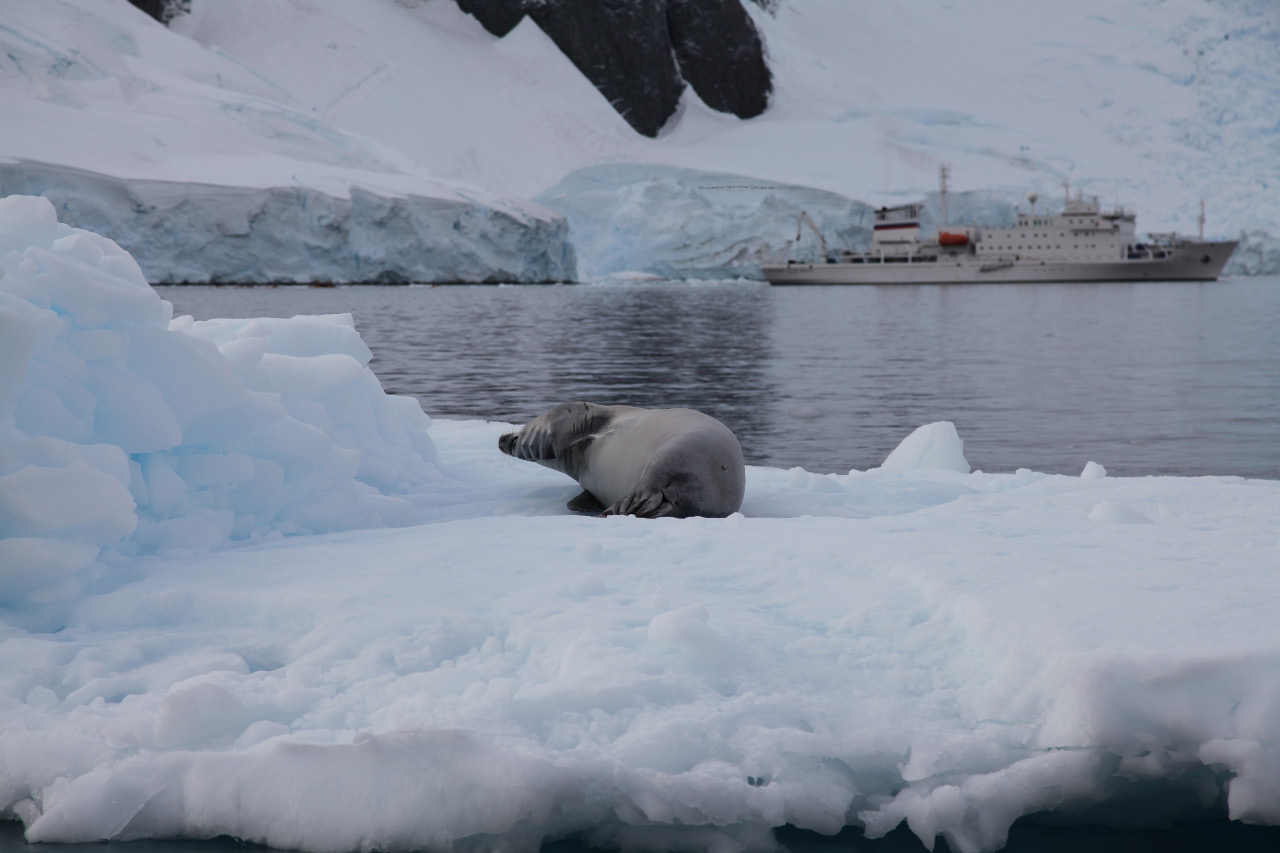 |
|
| |
Crabeater seal – Lobodon carcinophaga or carcinophagus – looking human on the free-floating pack ice, shadowed by the Академик Сергей Вавилов – Akademik Sergey Vavilov |
|
| |
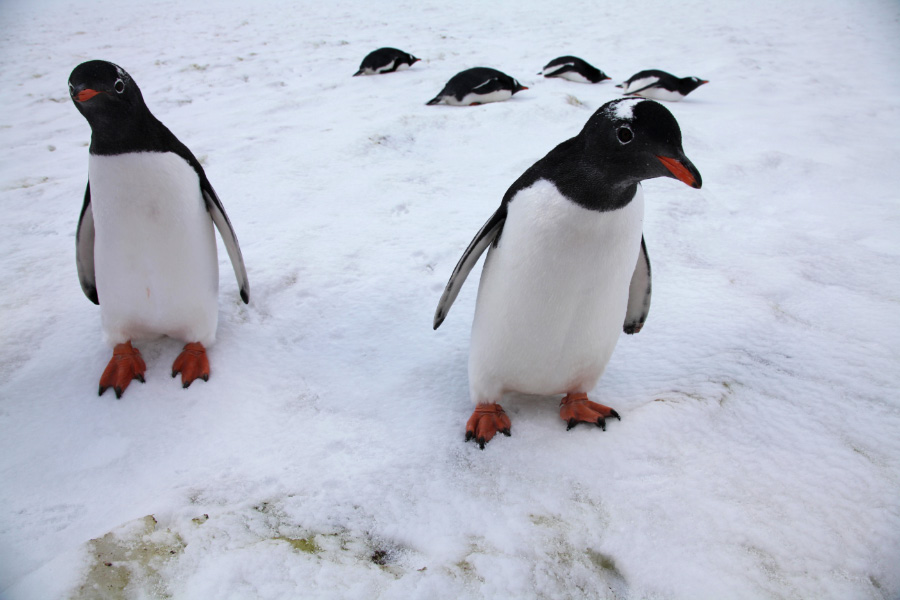 |
|
| |
Neko Harbor with Gentoo penguins (Pygoscelis papua) investigating the goings on. |
|
| |
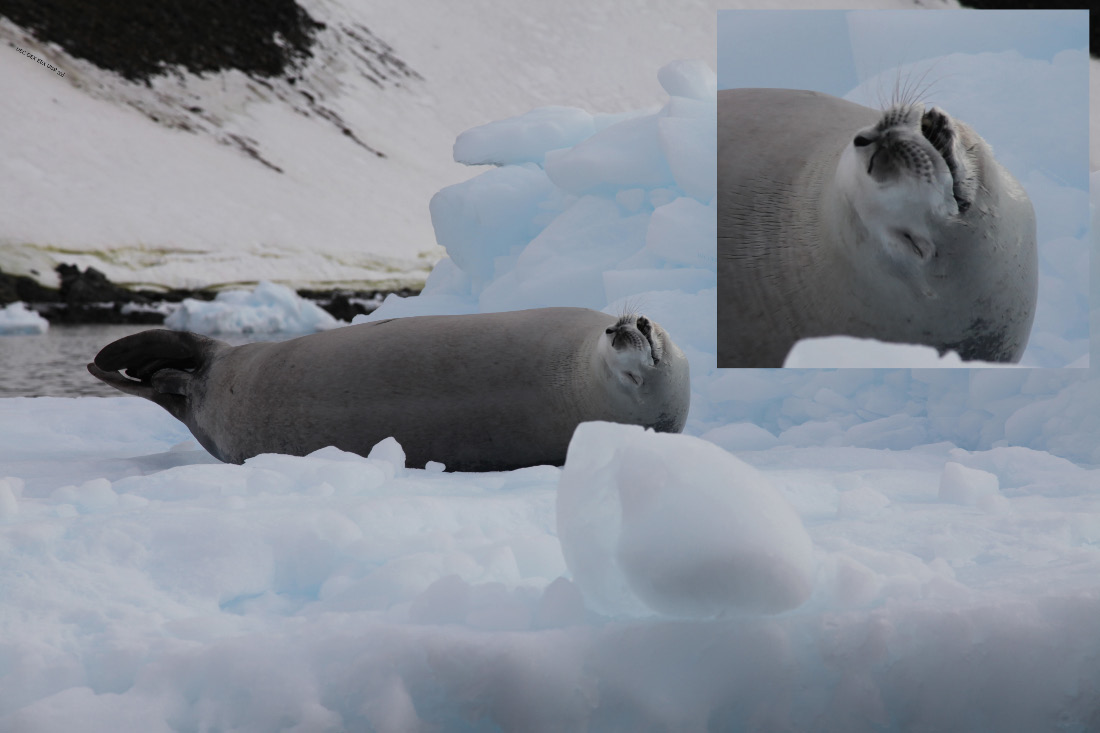 |
|
| |
You really love us, you really want to help us? Then ignor the tour operators, and their self-serving nonsense about, "You can not be an advocate for that which you do not know," and, unless you are a serious scientist on a research trip, stop coming here! Reader, you seem really nice, but to learn about Antarctica, read some books, and watch a few films and enjoy some photos of Antarctica. And please just leave our habitat and homes alone. |
|
| |
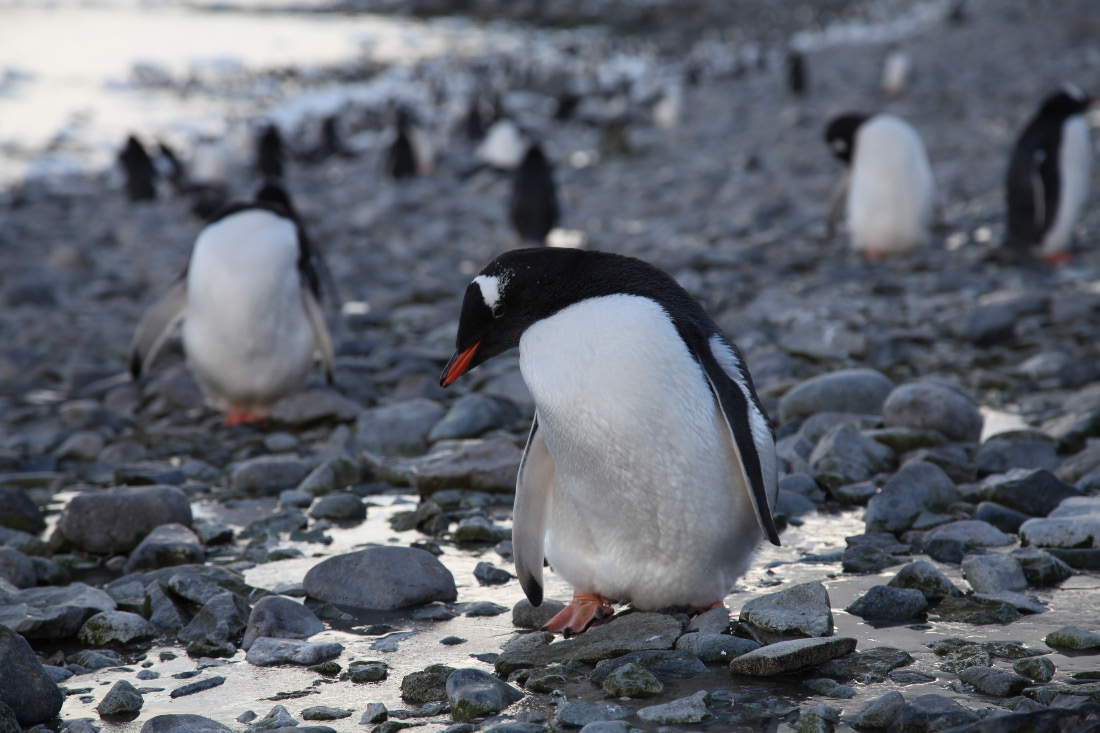 |
|
| |
Gentoo |
|
| |
Made up of the land and ice shelves south of 60°S latitude, Antarctica is about 14,000,000 km² in size, larger than the continent of Europe and about twice as large as Australia, with about 98 percent of the land mass being covered by ice 1600 meters thick on average and reaching 4776 meters in thickness. For obvious reasons the only human inhabitants of Antarctica are the few thousand workers rotating in and out of the myriad of permanently-manned research stations scattered across the continent. All of the nations which have staked out pie-shaped and other zones of interest in Antarctica — Britain, Australia, New Zealand, France and Norway, Chile and Argentina — are constituent components of European Christendom, as were all of the 12 original signatories to the Antarctic Treaty except for Japan and Apartheid-era South Africa. It follows with an elegant simplicity that all of Antarctica should be and hereby is claimed for United European Christendom.
United European Christendom should ignore Brazil's neat but patently contrived "Frontage Theory" with respect to Antarctica. As stated elsewhere on these pages, Brazil has problems enough – and is sporting very poor performance – protecting and preserving the Amazon. Though of course if the current southern Brazilian states of Paraná, Santa Catarina and Rio Grande do Sul secede from Brazil and join United European Christendom as they should, those people would be equal co-owners, and not only honored guests, in Antarctica. Referring further to honored guest researchers, China, Japan and Korea would not at all events be entitled to zones of interest in Antarctica under the Frontage Theory, their straight lines to or from Antarctica being blocked by Australia. Having trashed their own ecosystems, other Asian and African societies are already claiming and can be expected to be increasing vociferousness in claiming slices of Antarctica, fully consonant with their global agenda of accessing, then claiming as of right the rest of European Christendom. Ignore them.
The bans on any and all military activity, as set forth for example in the Antarctic Treaty of 1959, and on mineral mining, as set forth in the "Madrid" Protocol on Environmental Protection to the Antarctic Treaty of 1998 should continue in effect indefinitely. Antarctica should continue to be set aside exclusively as a "natural reserve devoted to peace and science". |
|
| |
|
|
| |
|
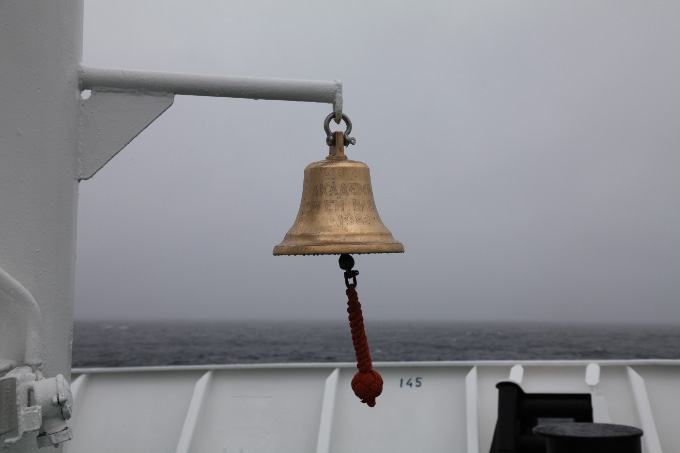 |
| |
|
|
| |
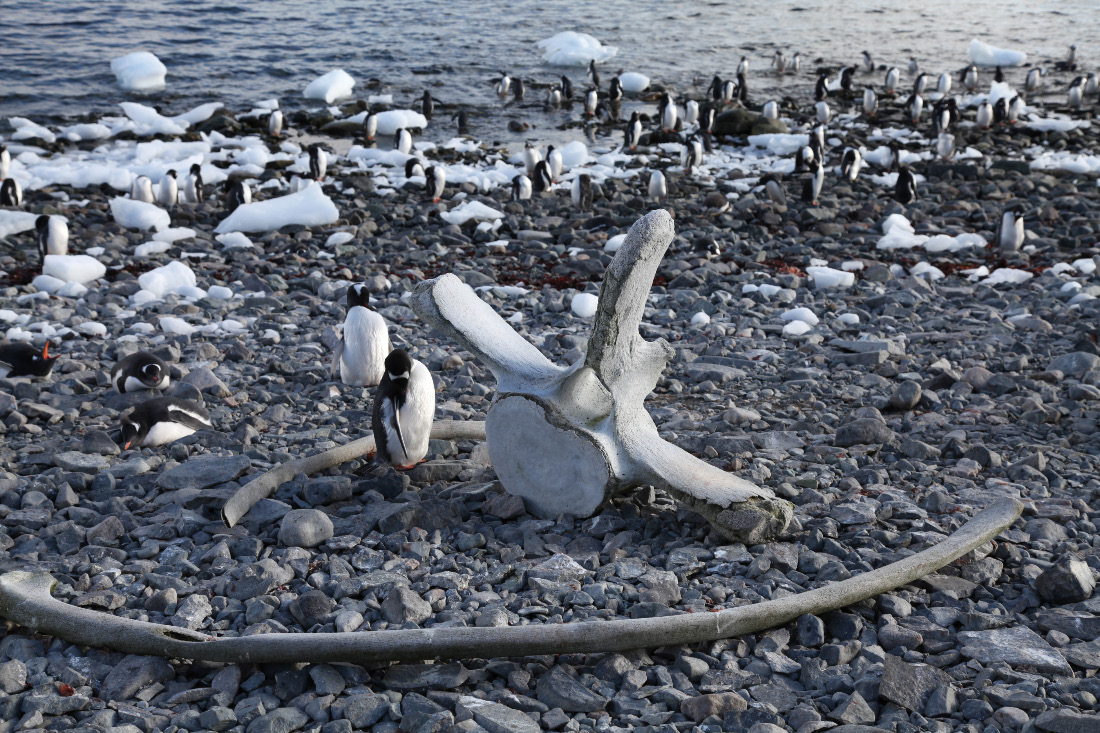 |
|
| |
Whale vertibrae and penguine on Cuverville Island, Antarctica, United European Christendom. |
|
| |
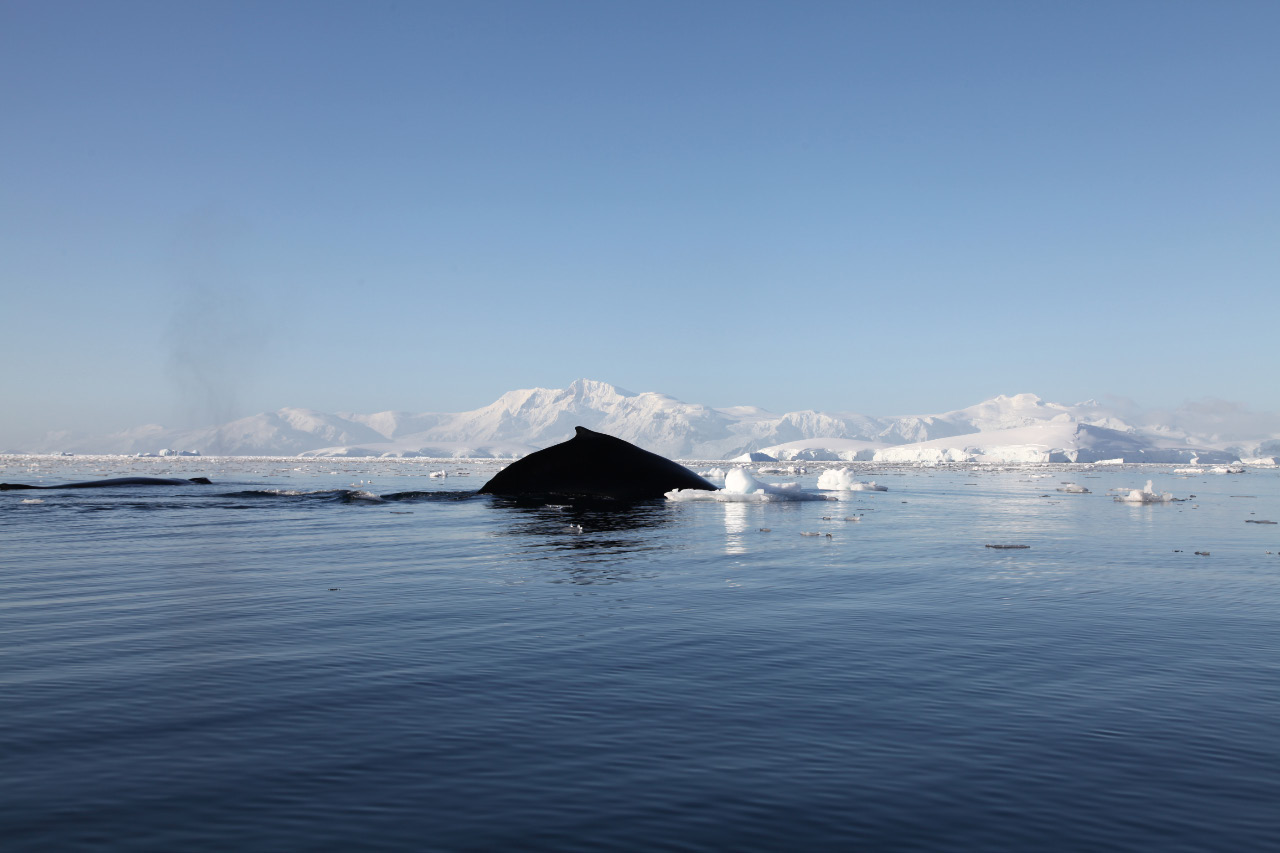 |
|
| |
Fournier Bay and Humpback whales. |
|
| |
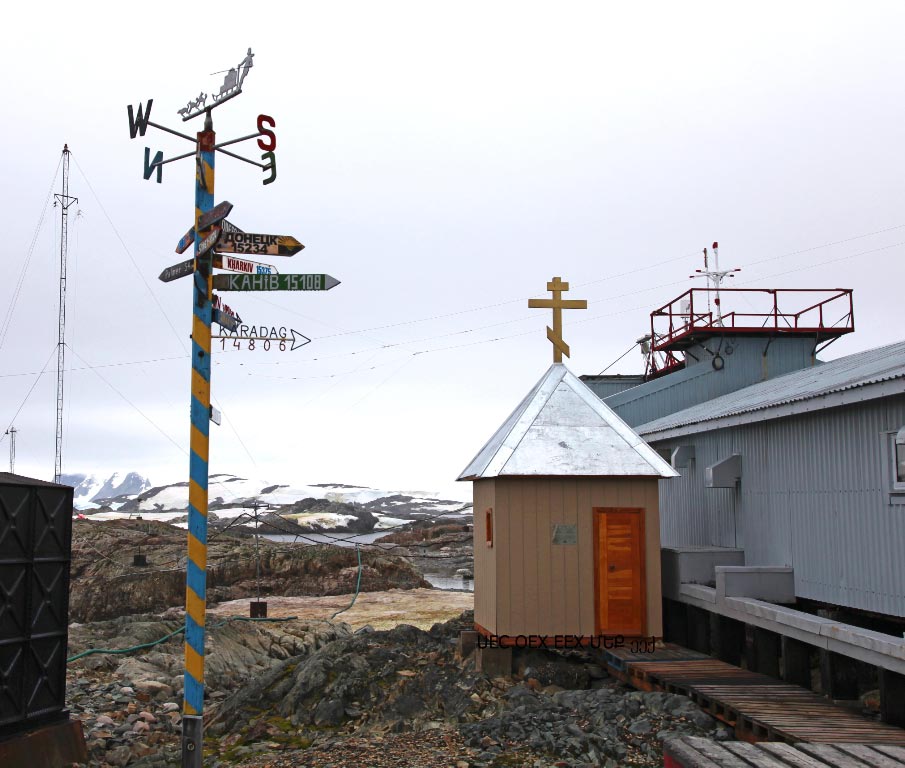 |
| |
|
|
... the Orthodox-Catholic Church in Antarctica, Ukrainian Vernadsky Research Base – Академік Вернадський |
|
| |
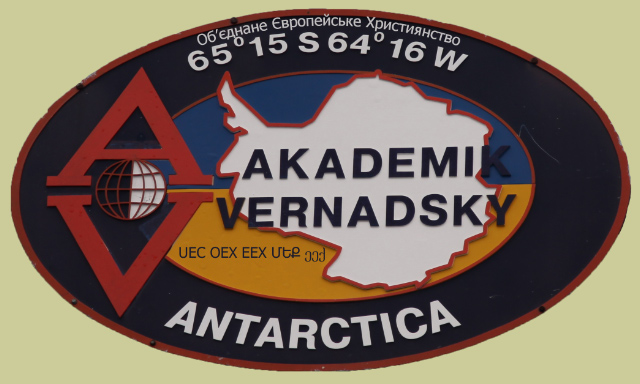 |
Unfortunately named. Well, maybe the personnel have never heard of Володимир Іванович Вернадський – Vladimir/Volodimir Ivanovich Vernadsky, or in any case have never even though of reading Pierre Teilhard de Chardin.
Let us hope so. |
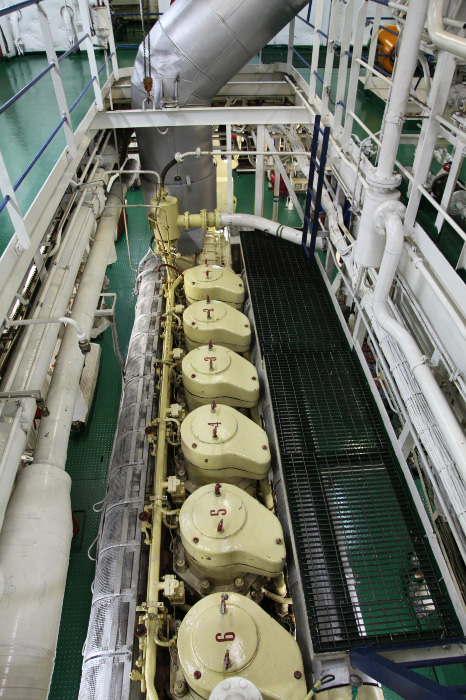 |
|
|
| Engine Room of the Vavilov |
|
|
| |
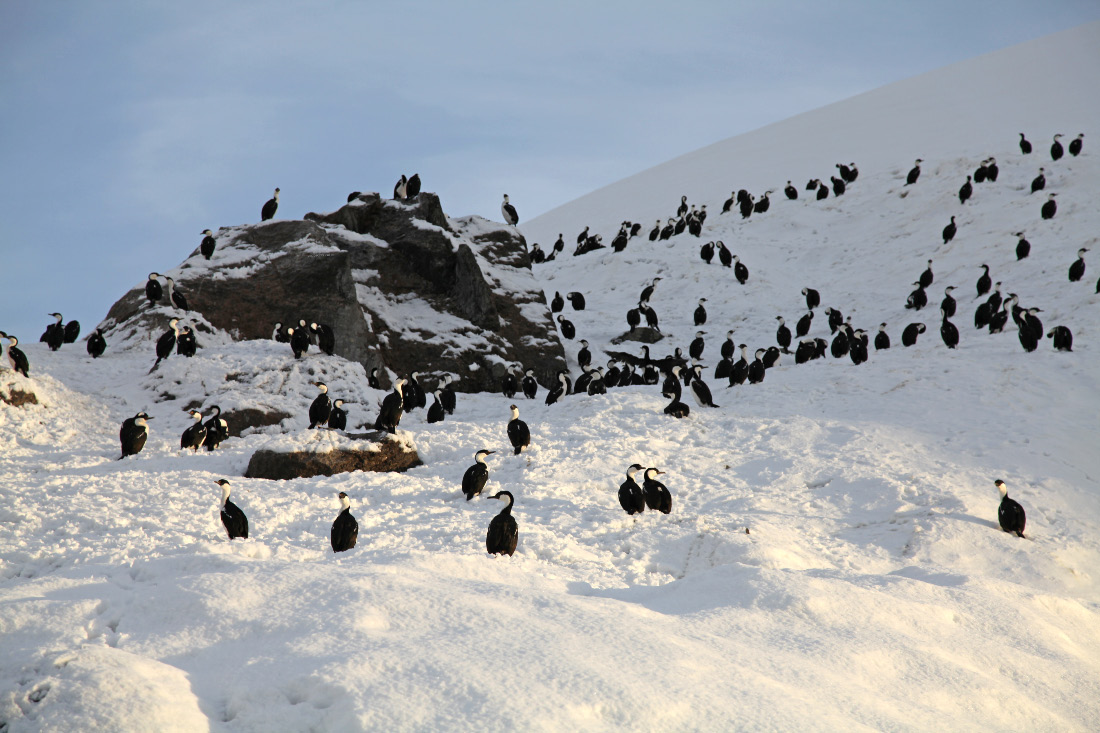 |
|
| |
Antarctic shag, a.k.a., Imperial shag (Phalacrocorax atriceps bransfieldensis) around Wilhelmina Bay |
|
| |
|
|
| |
Antarctic minke whale (Balaenoptera bonaerensis) |
|
| |
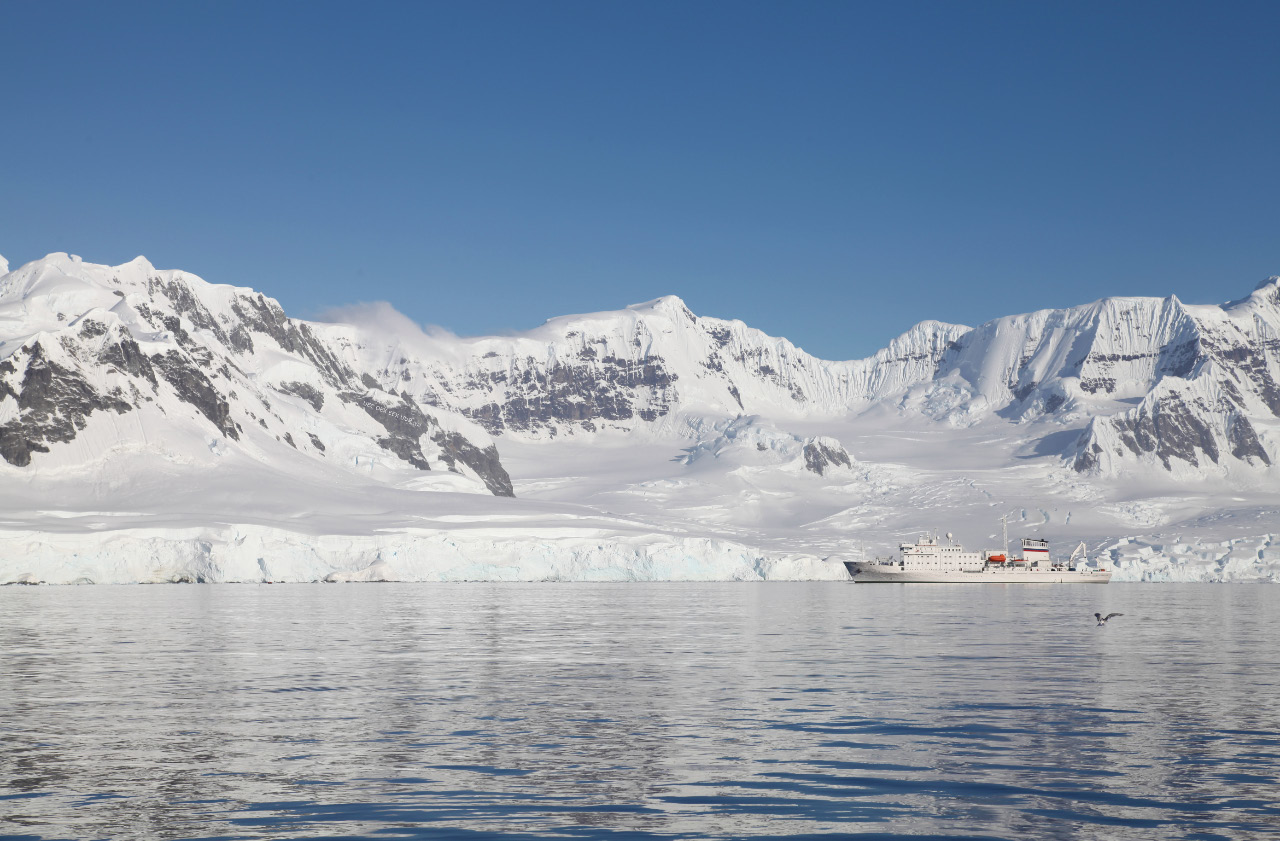 |
|
| |
Fournier Bay sea bird and Sergey Vavilov
|
|
|
|
|
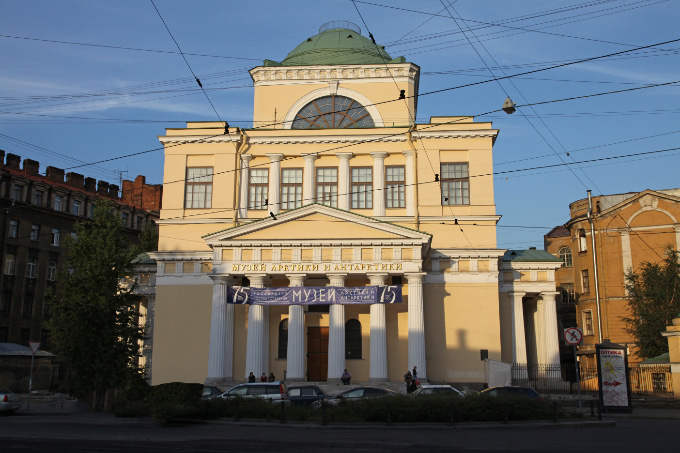 |
|
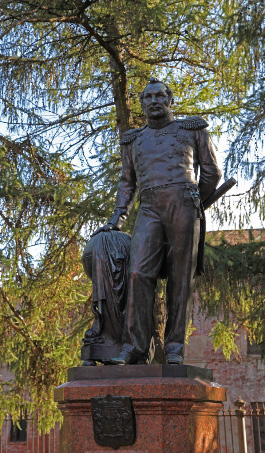 |
| Музей Арктики и Антарктики в Санкт-Петербурге – |
|
Fabian Gottlieb von Bellingshausen |
| |
Museum of the Arctic and Antarctic in Saint Petersburg |
|
|
Scupture in Kronstadt |
| |
|
Antarctica - United European Christendom |
|